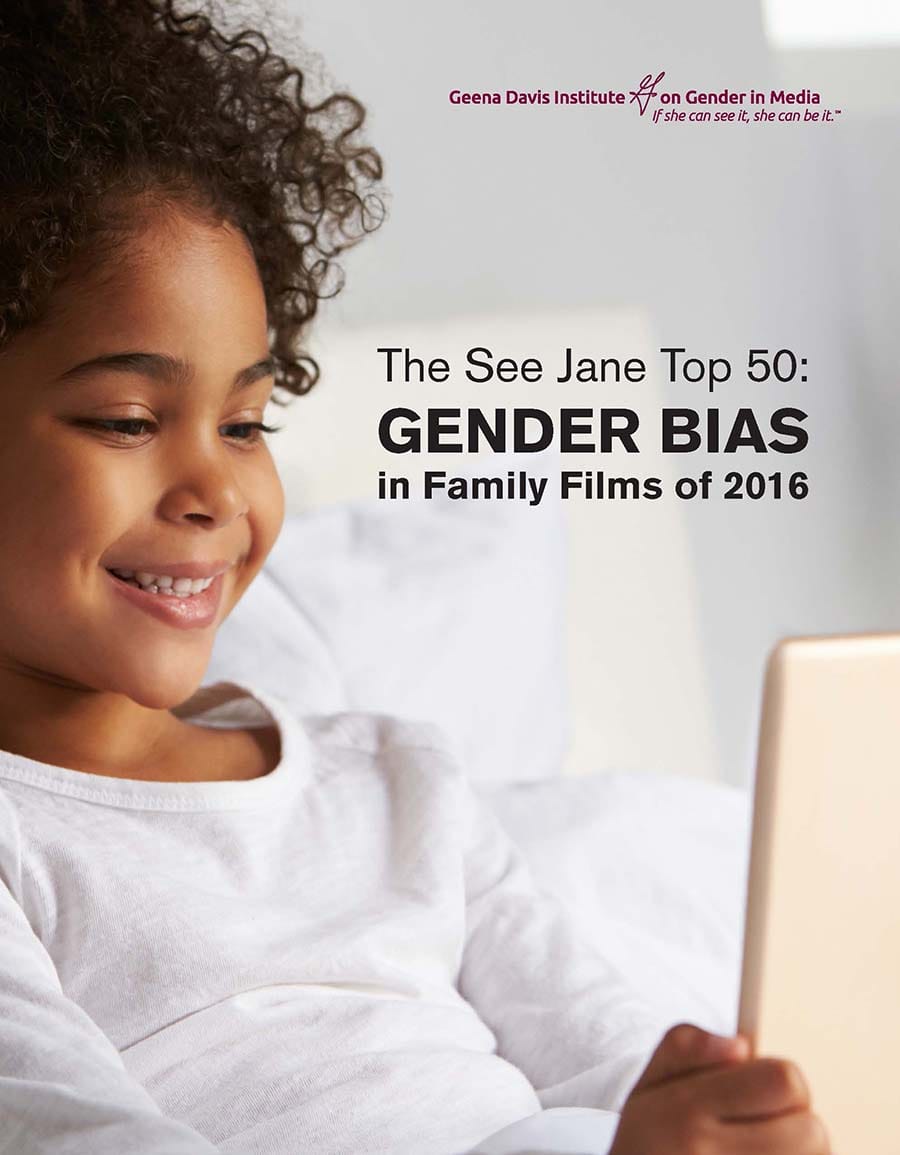In this report, we examine biased representations of gender and race in the top grossing U.S. family films (animated and non-animated) of 2016. The goal of this report is to reveal what messages children receive from family entertainment media. Media messages profoundly shape the minds of young people. Entertainment media teaches children about their place in the world, what they should value, who they should respect, what careers they may pursue, who gets to be the hero and more.
We find significant gaps in the top 50 family films which underrepresent and misrepresented women and girls, people of color, LGBTQIA+ individuals, and people who are disabled. We also contribute to a growing number of studies that find gender and race diversity in entertainment media pays off at the box office.
Key Findings
- Family films with female leads generated $10 million (7.3%) more on average at the box office than films with male leads, a trend that continues from our 2015 data.
- Family films with protagonists of color grossed $21 million (15.4%) more than films with white leading characters.
- Male characters out number female characters 2:1 in terms of leading roles, supporting roles, screen time, speaking time, and narration.
- White characters outnumber characters of color 3:1 in leading roles. Only one-third of supporting characters are people of color, a lower percentage than the U.S. population.
- LGBTQIA+ individuals are virtually erased in family films. No LGBTQIA+ protagonist was featured in the top 50 family films, and LGBTQIA+ characters made up only 1.4% of all supporting characters.
- People who are disabled are missing in family films. Only 5.0% of leading characters are portrayed as having a physical disability in the top 50 family films, and only 2.5% of leading characters are shown as having some type of cognitive disability.

